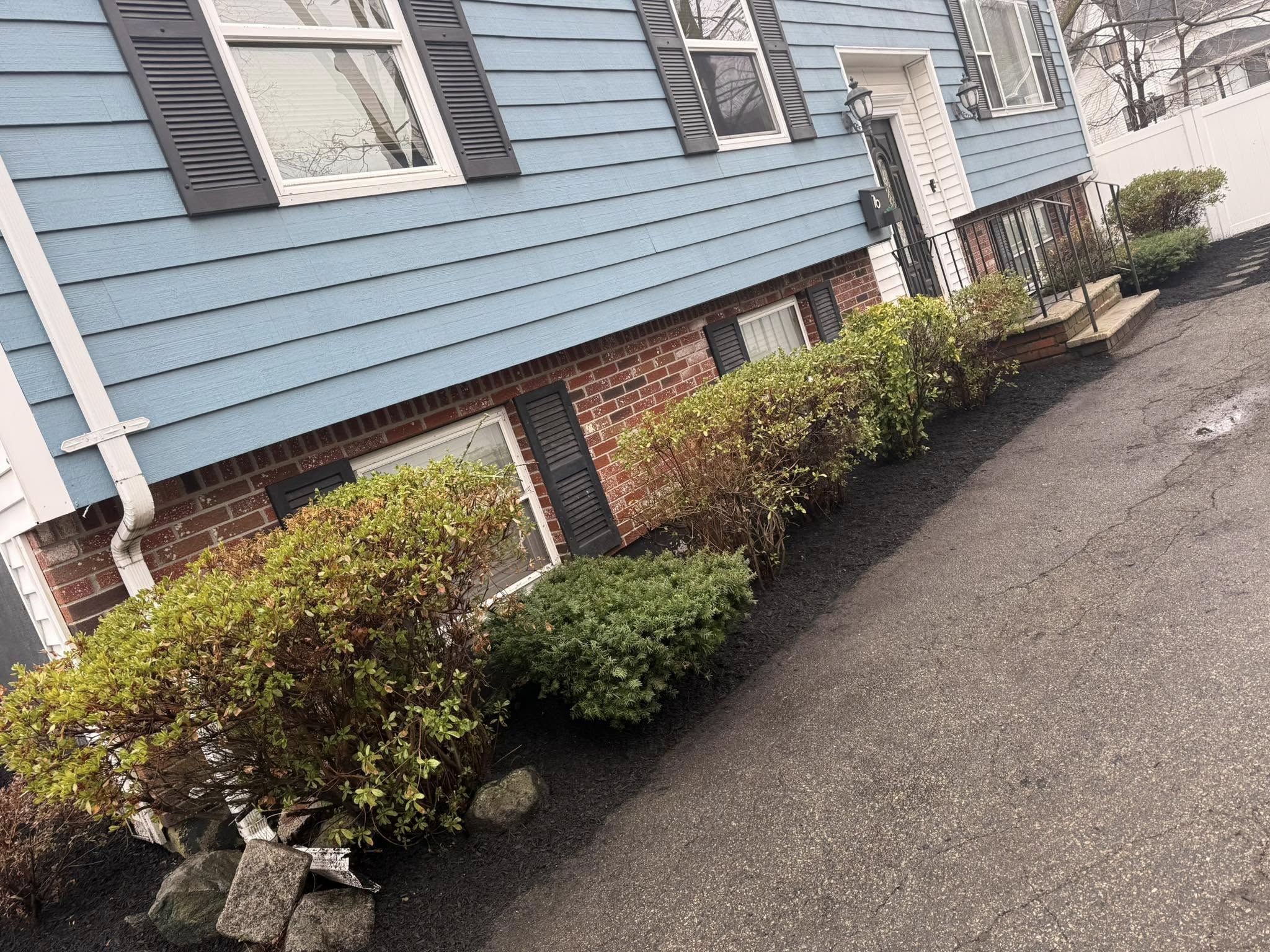Trees are valuable assets to any property, providing beauty, shade, and environmental benefits. However, during severe storms, these majestic plants can become potential hazards, threatening homes, power lines, and personal safety. Understanding and implementing proactive measures can significantly reduce the risk of tree damage, protecting both your landscape and your property from destructive storm impacts.
Key Steps to Prevent Tree Storm Damage
Regular Tree Inspection and Maintenance
Comprehensive tree health assessment is the cornerstone of storm damage prevention. Professional arborists can identify potential weaknesses such as dead branches, structural defects, and disease indicators that might compromise a tree’s stability during high winds. Juarez Landscaping and Tree Services recommends scheduling thorough inspections at least twice annually, focusing on identifying and addressing potential vulnerabilities before they escalate.
Critical inspection points include:
- Checking for internal decay
- Evaluating branch attachments
- Assessing root system integrity
- Identifying signs of disease or pest infestation
Professional evaluation helps detect early warning signs that might not be apparent to untrained eyes. Trained arborists use specialized techniques and equipment to thoroughly examine tree health, ensuring comprehensive assessment and preventative care.
Strategic Pruning and Crown Reduction
Proper pruning is essential in minimizing storm damage potential. By strategically removing weak, dead, or crossing branches, you reduce wind resistance and improve overall tree structure. Crown reduction techniques help create a more aerodynamic canopy, allowing wind to pass through more easily and reducing the likelihood of total tree failure.
Pruning benefits include:
- Eliminating potential falling hazards
- Improving tree wind resistance
- Promoting healthier growth patterns
- Preventing branch breakage during storms
Timing is crucial in pruning. Late winter or early spring provides optimal conditions for tree healing and preparation for potential storm seasons. Professional arborists understand exactly how much vegetation to remove without compromising tree health.
Soil and Root Zone Management
Healthy root systems are fundamental to tree stability during storms. Compacted soil, poor drainage, and root damage can significantly increase the risk of tree failure. Implementing proper soil management techniques helps strengthen the tree’s anchor system and improve its ability to withstand extreme weather conditions.
Effective root zone management involves:
- Improving soil drainage
- Protecting root areas from compaction
- Ensuring adequate nutrient availability
- Maintaining appropriate soil pH levels
Mulching around tree bases helps retain moisture, regulate soil temperature, and prevent soil compaction. However, avoid excessive mulch accumulation near the trunk, which can promote moisture retention and potential rot.
Proactive Tree Species Selection and Placement
When planning landscaping, consider tree species’ natural resilience to storm conditions. Native trees typically demonstrate better adaptation to local weather patterns and possess inherent structural characteristics that improve storm resistance.
Factors to consider in tree selection:
- Wind resistance capabilities
- Root system strength
- Growth rate and maturity characteristics
- Local climate compatibility
Proper spacing between trees prevents competition for resources and reduces the risk of domino-effect damage during storms. Consulting with professional landscapers helps ensure optimal tree placement and selection.
Emergency Preparedness and Quick Response
Despite preventative measures, storm damage can still occur. Developing an emergency response plan is crucial for minimizing potential risks. This includes having contact information for professional tree services readily available and understanding immediate steps to take following storm events.
Emergency preparedness recommendations:
- Create a detailed property tree inventory
- Maintain emergency contact information
- Learn basic tree assessment techniques
- Understand when professional intervention is necessary
Immediate post-storm assessment can prevent secondary damage and help prioritize necessary tree care and removal processes.
Conclusion
Protecting trees from storm damage requires a comprehensive, proactive approach. By implementing these strategic steps, property owners can significantly reduce potential risks and preserve their valuable landscape investments.




Trees are valuable assets to any property, providing beauty, shade, and environmental benefits. However, during severe storms, these majestic plants can become potential hazards, threatening homes, power lines, and personal safety. Understanding and implementing proactive measures can significantly reduce the risk of tree damage, protecting both your landscape and your property from destructive storm impacts.
Key Steps to Prevent Tree Storm Damage
Regular Tree Inspection and Maintenance
Comprehensive tree health assessment is the cornerstone of storm damage prevention. Professional arborists can identify potential weaknesses such as dead branches, structural defects, and disease indicators that might compromise a tree’s stability during high winds. Juarez Landscaping and Tree Services recommends scheduling thorough inspections at least twice annually, focusing on identifying and addressing potential vulnerabilities before they escalate.
Critical inspection points include:
Professional evaluation helps detect early warning signs that might not be apparent to untrained eyes. Trained arborists use specialized techniques and equipment to thoroughly examine tree health, ensuring comprehensive assessment and preventative care.
Strategic Pruning and Crown Reduction
Proper pruning is essential in minimizing storm damage potential. By strategically removing weak, dead, or crossing branches, you reduce wind resistance and improve overall tree structure. Crown reduction techniques help create a more aerodynamic canopy, allowing wind to pass through more easily and reducing the likelihood of total tree failure.
Pruning benefits include:
Timing is crucial in pruning. Late winter or early spring provides optimal conditions for tree healing and preparation for potential storm seasons. Professional arborists understand exactly how much vegetation to remove without compromising tree health.
Soil and Root Zone Management
Healthy root systems are fundamental to tree stability during storms. Compacted soil, poor drainage, and root damage can significantly increase the risk of tree failure. Implementing proper soil management techniques helps strengthen the tree’s anchor system and improve its ability to withstand extreme weather conditions.
Effective root zone management involves:
Mulching around tree bases helps retain moisture, regulate soil temperature, and prevent soil compaction. However, avoid excessive mulch accumulation near the trunk, which can promote moisture retention and potential rot.
Proactive Tree Species Selection and Placement
When planning landscaping, consider tree species’ natural resilience to storm conditions. Native trees typically demonstrate better adaptation to local weather patterns and possess inherent structural characteristics that improve storm resistance.
Factors to consider in tree selection:
Proper spacing between trees prevents competition for resources and reduces the risk of domino-effect damage during storms. Consulting with professional landscapers helps ensure optimal tree placement and selection.
Emergency Preparedness and Quick Response
Despite preventative measures, storm damage can still occur. Developing an emergency response plan is crucial for minimizing potential risks. This includes having contact information for professional tree services readily available and understanding immediate steps to take following storm events.
Emergency preparedness recommendations:
Immediate post-storm assessment can prevent secondary damage and help prioritize necessary tree care and removal processes.
Conclusion
Protecting trees from storm damage requires a comprehensive, proactive approach. By implementing these strategic steps, property owners can significantly reduce potential risks and preserve their valuable landscape investments.
A fence is more than just a boundary around your property—it’s a…
Read MoreRegenerative landscaping goes beyond traditional gardening—it’s about creating landscapes that heal the…
Read MoreOvergrown branches don’t just create an unsightly appearance—they pose serious risks to…
Read MoreWhen heavy snowfall blankets your property, the temptation to grab a shovel…
Read MoreWhen faced with the need to remove a tree from your property,…
Read MoreRetaining walls are far more than functional structures that hold back soil…
Read MoreWhen storm clouds gather over Peabody and the surrounding Massachusetts areas, most…
Read MoreFirst impressions determine everything in commercial real estate. When potential tenants, customers,…
Read MoreExtreme weather events are becoming increasingly common, making climate resilient landscaping an…
Read MoreThe landscaping industry is experiencing a fundamental shift as homeowners and designers…
Read More